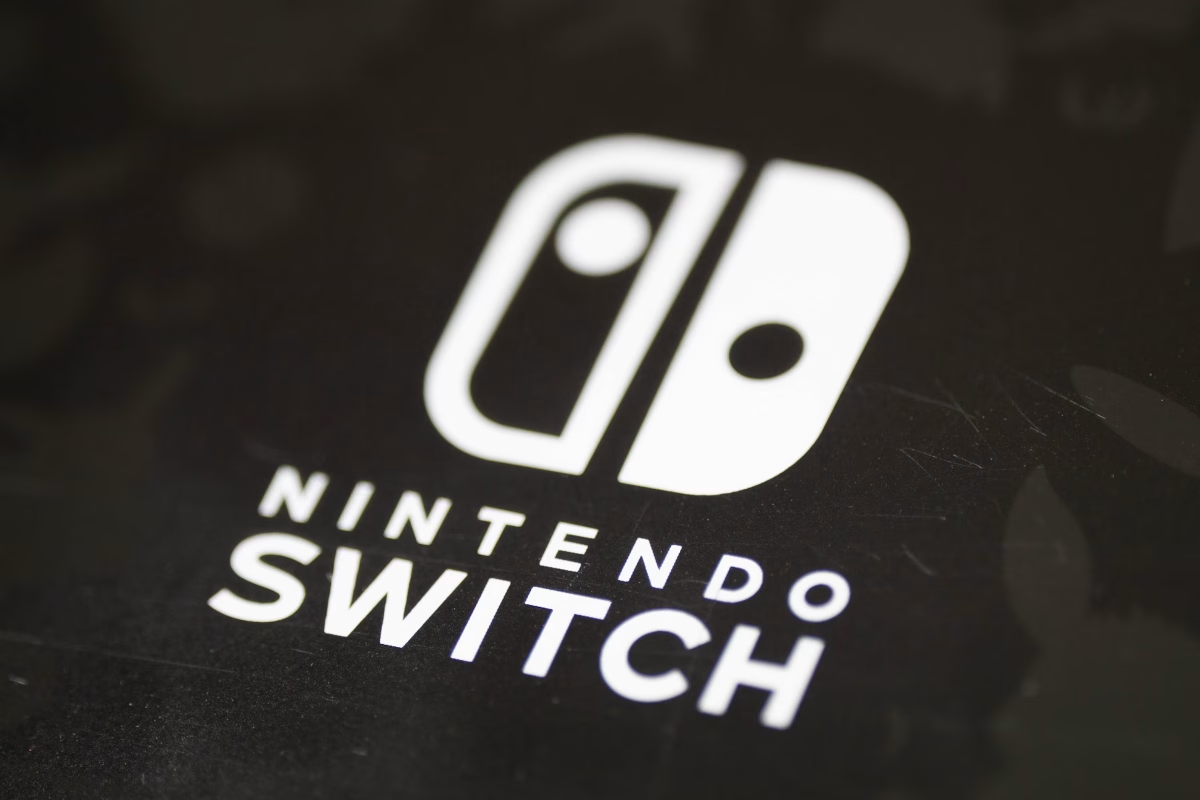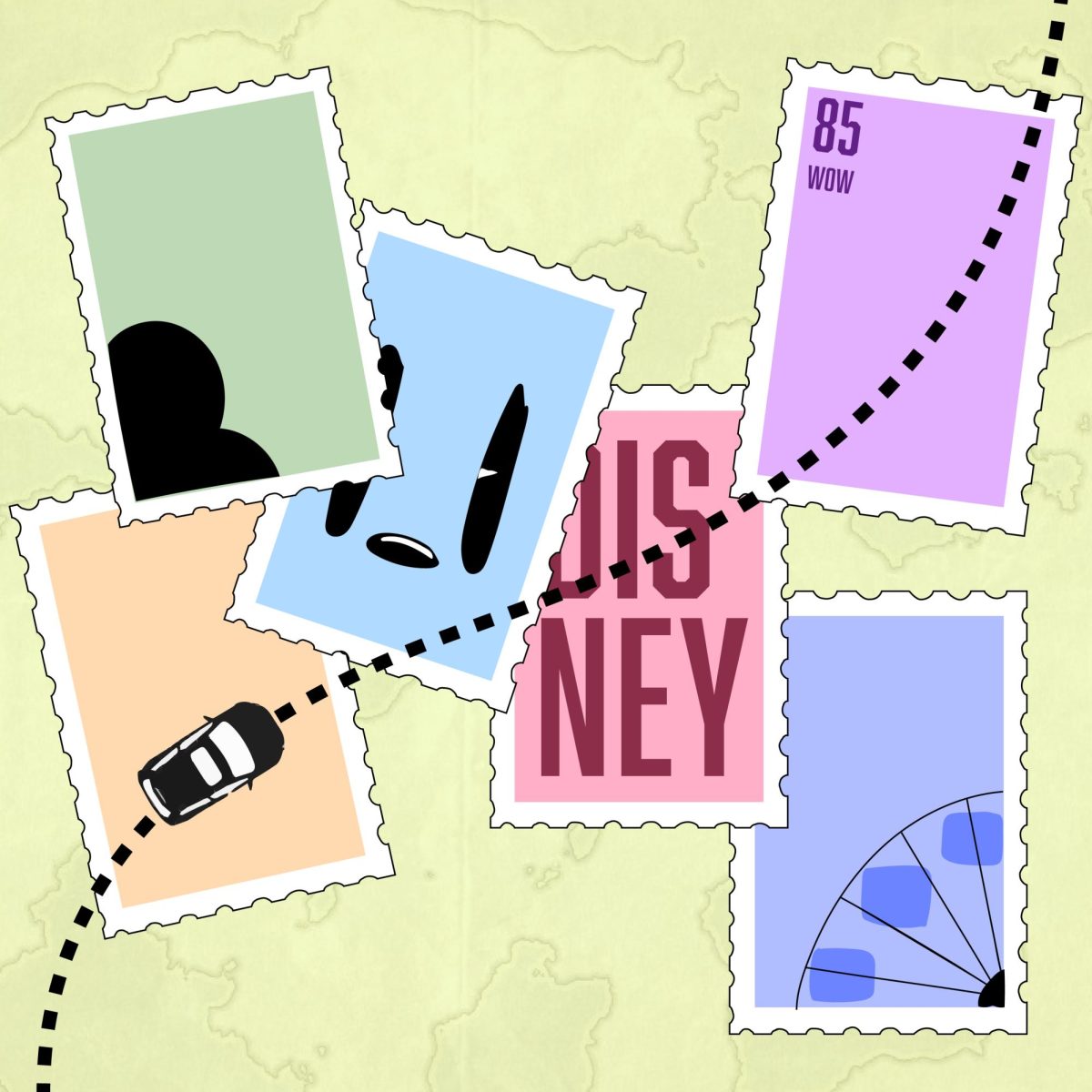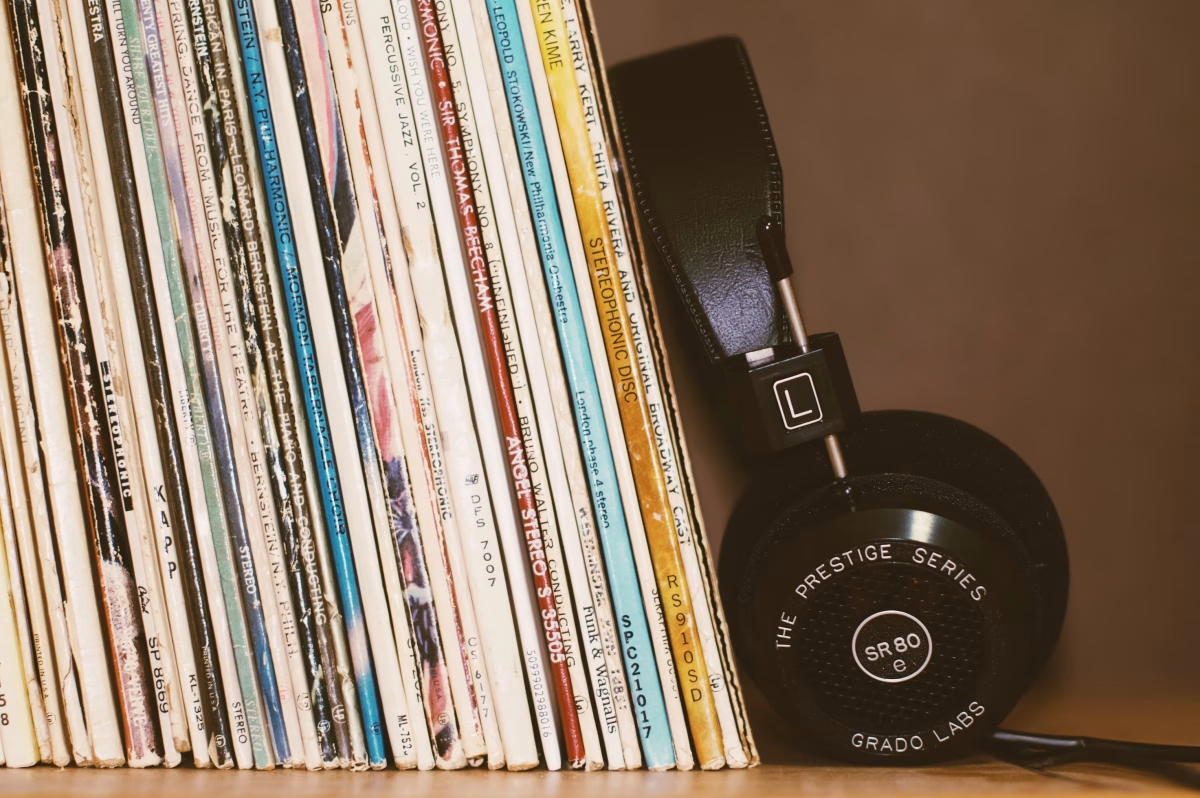In a world addicted to seamless connection, technology only keeps advancing, but this time, that technology won’t be at our fingertips. Instead, it’s going to be closer than ever: on our faces. Slated for brand new product releases early this year, virtual reality will dominate the tech world of 2016.
Focused on hardcore gaming experiences, VR is promising to be the latest and greatest fully immersive gaming and entertainment. Oculus Rift, PlayStation VR, HTC Vive, Samsung Gear VR and dozens more are expected to launch in the very near future with exclusive gaming titles, social media integration and brand new ways to view film and music.
There’s a model for everyone too, with price points ranging from $25 for Google Cardboard to an expected $1500 for the Oculus Rift’s full setup. PCs, gaming consoles and mobile devices are all jumping aboard the VR craze, and this is the year that will define the concept and its importance in everyday life.
There are plenty of ideas behind VR and why it’s going to work in today’s world, but it wasn’t always that way. Nintendo, the master of nostalgia, has a very dirty secret, and it’s one they’d rather not let anyone know: the Virtual Boy.
The Virtual Boy was one of the earliest steps toward virtual reality. NowGamer reports that it was originally conceived from a device by U.S. company Reflection Technologies. Nintendo gained full rights to the device in 1992 and, in late 1995, launched it as table-top console, since at the time, motion sensing was not something that could be achieved.
It came as an eyepiece, with a fully backlit red LED screen, connected to a stand with a controller. Much like today’s concepts, it was able to generate 3D images, using a 32-bit processor to keep up with the competition. But, of course, it could only produce images in red and black.
Gunpei Yokoi, the creator of the Game Boy, was one of the first to see potential in Reflection Technology’s device, but it ultimately became one of Nintendo’s biggest commercial failures. Only the U.S. and Japan ever saw launch and six months afterward in 1996, it was pulled from shelves and discontinued.
Thankfully, things have progressed and are no longer based on monotone LED lights blazing in our eyes, and in many cases, it will be portable as well.
Oculus Rift is sporting one of the heftiest prices for its entire PC setup. But, that doesn’t mean it’s the only way to experience VR, though it may be one of the most intense ways. Initially a joke that has now caught on, Google Cardboard is possibly the most affordable and accessible VR experience. Prices for the DIY cardboard kit are ranging anywhere from $20 to $25 and will be compatible with almost every smartphone model. Old-fashioned elbow grease will have a part to play in this experience though, as it will not sport a strap to stay fastened to the face.
It isn’t without its flaws, as how it will affect vision and mental health are currently unknown, and it has been known to cause headaches and nausea, especially in those prone to motion sickness. The physical aspects of these flaws are being addressed in development, but there’s no guarantee they will be eliminated entirely when launch rolls around.
Virtual reality will be the hype of 2016 simply because it’s a stretch of the imagination and what the devices we’re so familiar with already can do, just in a much more eccentric package. It’s accessible, intriguing and yet another way to immerse ourselves in the things we love.



























